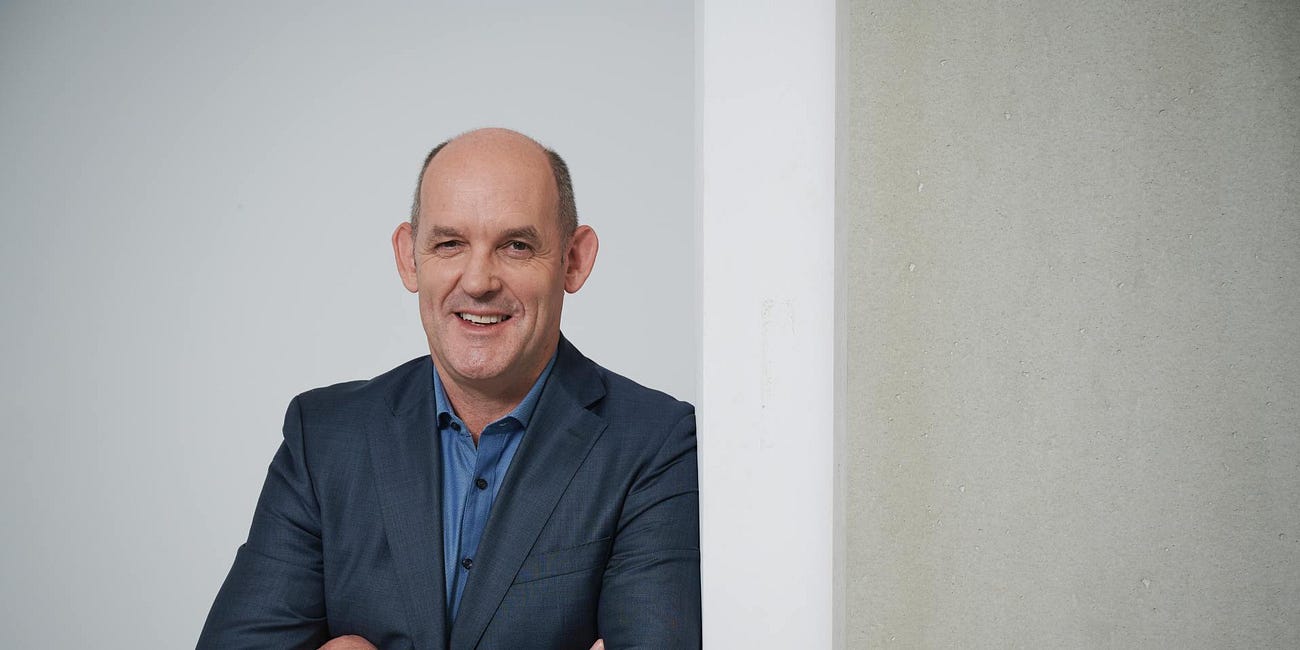Change of Directions Newsletter 17.05.2023
This week, we have updates from Nikola, as well as news that the University of Malta is investigating possible ways to integrate offshore wind, energy storage and #hydrogen production.
When it comes to building up a hydrogen infrastructure, plenty of stakeholders are involved. As always, it is complicated. One side argues that we need the technology on the road, before a complete infrastructure can start to be built up. The other side argues that it is the other way around. First you need to complete the infrastructure, then you can start to produce the technology that uses it. We learned through the example from Tesla that the infrastructure has to be in place when you want to get the first mover into a new technology. But building up refilling stations for cars and trucks that use a fuel cell is expensive. One company alone will not be enough to build up a hydrogen grid.
Nikola, one of the most promising startups when it comes to H2 powered trucks, is facing the same issue. They have the trucks, they have customers willing to buy them, but future customers also ask where they can refill their trucks. The company has now done the logical step and got a new partner on board. Voltera, a startup based in the US, will build new hydrogen stations across the States. By 2028, Nikola will offer their customers 50 stations to refill the tanks of their trucks.
https://www.forbes.com/sites/alanohnsman/2023/05/02/nikola-partners-with-voltera-to-build-up-to-50-stations-for-hydrogen-trucks/
The Netherlands are developing their own hydrogen network at a fast pace. Not only is the port of Rotterdam building up their pipeline system thanks to Shell; the North-Holland region also has big plans. Hydrogen development in North Holland has been awarded the European Hydrogen Valley status. North Holland is ideally positioned as an acceleration region in the European transition to hydrogen. With IJmuiden, Amsterdam and Den Helder, the region has no less than three seaports that are important for the landfall, import, transport and storage of renewable energy. The seaports, combined with Schiphol Airport, the waterways, rail and pipe connections, and connection to the national hydrogen network, function excellently for consumption in the region and the transit of renewable energy to neighboring regions and countries. https://fuelcellsworks.com/news/hydrogen-valley-status-for-north-holland/
Most wind farms are located at the sea, close to the coast. But it is of course possible to build wind farms directly in the sea, further away from the coasts, where it may disturb the delicate ecosystem. However, there is the question: how do you produce hydrogen in the middle of the ocean? University of Malta researchers are exploring ways to integrate offshore wind, offshore energy storage and hydrogen production in the Mediterranean. Hydro-pneumatic Energy Storage for Offshore Green Hydrogen Generation (HydroGenEration) is a two-year Research and Innovation in Energy and Water project funded by The Energy and Water Agency. It is seeking to investigate various technical aspects to enable the coupling of offshore wind generation and a co-located hydrogen production plant.
https://www.h2-view.com/story/university-of-malta-researchers-explore-integrating-offshore-wind-energy-storage-and-hydrogen-production/
The new Hydrogen Report has brought some interesting numbers to light. One is where the most electrolysers are producing hydrogen. It turns out that China is heading the charts by some margin. Of the 700 MW that are deployed already, China has 300 MW in their country. The EU has 180 MW, and the US trails behind a bit with 140 MW. It is expected that China will build up their lead in the following years significantly. This shows that both the EU and US have to invest more into hydrogen technologies. You can download the full report here:
https://hydrogencouncil.com/wp-content/uploads/2023/05/Hydrogen-Insights-2023.pdf
Another pipeline will ensure that Europe will get enough hydrogen to power the industry. Germany, Austria, and Italy agreed to build a 3.300 km long pipeline from North Africa to the continent. According to the company behind this joint venture, it will ensure the transport of around 40% of the needed hydrogen in EU by 2030. The challenge will be to build up enough hydrogen production in North Africa.
https://www.reuters.com/business/energy/italy-germany-austria-sign-letter-support-hydrogen-pipeline-2023-05-09/
In case you missed it: Hyundai is one of the biggest investors in a hydrogen economy. In our podcast, Michael Cole explains how the company sees the future of hydrogen.
Change of Directions Podcast with Michael Cole, President, and CEO of Hyundai Europe
Listen now (16 min) | Hyundai has recently unveiled its ambitious Hydrogen Strategy. The strategy is focused on accelerating the development of a hydrogen society by leveraging Hyundai's technological capabilities and industry partnerships. Hyundai Europe CEO Michael Cole has been a key driving force behind the company's hydrogen strategy. Cole has been with Hyundai for over …
That was it for this week. Thank you for subscribing to the Change Of Directions newsletter! If you have any questions or if you want to share an interesting link, feel free to contact us: contact@changeofdirections.com






